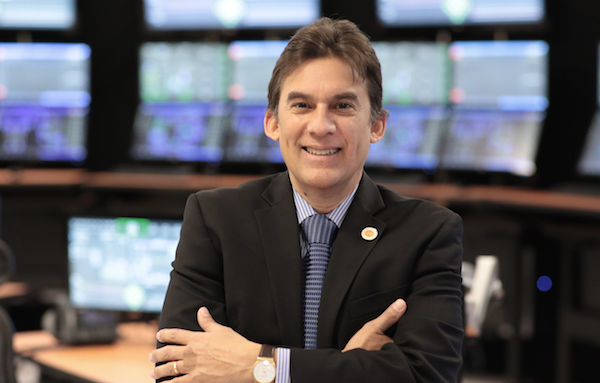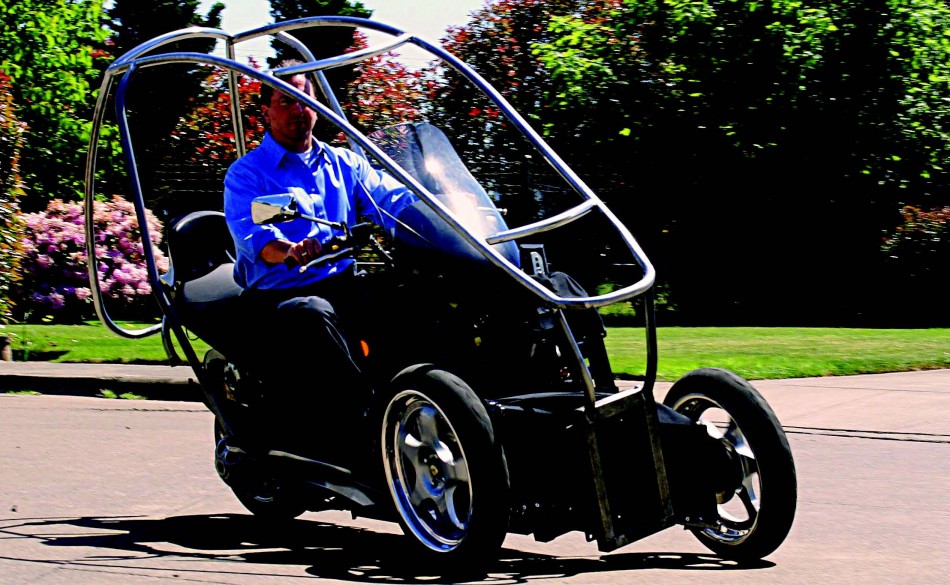interview by Emily Grosvenor | photo by Andrew Painter
When Dr. José Reyes explains nuclear technology to people, he likes to bring out a tiny slate black model of a uranium pellet, about the size of a pencil eraser. “In terms of uranium, this pellet has the equivalent energy of a ton of coal and produces no carbon,” Reyes said in his office at NuScale headquarters in Corvallis. In 2007, Dr. José Reyes co-founded NuScale Power based on a design he made for a small, passively-cooled, modularly designed nuclear reactor. The company is currently in the pre-application phase with the Nuclear Regulatory Commission to bring its modular system to market.
What problem did you set out to solve in designing this technology?
I was a professor of nuclear technology at Oregon State and got a grant to design a small-scale nuclear reactor in 2000. By 2003, we had the concept and had built a one-third-scale prototype and had completed feasibility studies. In 2004, I went to work for the United Nations, where I talked to a lot of people about the technology. There are still three-billion people in the world without electricity. I came back to the States in 2005 with the understanding that there was a global need for this.
How is your model different from previous approaches to nuclear technology?
In our factory, we can build the reactor and the container. We ship our modules in three pieces, allowing us to build these in the factory and ship or manufacture them as needed. Each one produces the equivalent energy to power about 50,000 homes. We manufacture these and install them ourselves. One benefit is cost. Because we went small, we can get all of our forgings from one of nine companies in the United States. That creates competition and reduces the cost. You get economies of scale with each new module you build. Factory-built also gives you quality control. Our smaller containment vessels can handle ten times the pressure as the old plants. Because you’re doing it in parallel, it cuts construction time in half. We can do a smaller modular plant for just under $3 billion for a 600-megawatt plant.
How is NuScale’s technology adapted for safety?
My formative years working at the NRC were with a safety mindset. Having a reactor fitting inside a small containment and putting it underwater was a major step forward in passive safety (safety systems that don’t require mechanical systems or operator oversight to make them functional). What we learned from Fukushima was that we also had to eliminate DC power as well as AC power to get it into a safe configuration. All of the problems with existing plants have happened because of the need to control the decay heat, so we designed our system to do this without operator action, without AC or DC power and without having to add any more water. We also put everything inside the reactor vessel. There are no pumps required to drive the flow, so you don’t have to worry about a pump break.
Where is the company on the path towards commercialization of the technology?
We are in the final push for our design certification application and are looking at having our first project, a twelve-module plant with our lead customer, UAmps, in Idaho by 2024.









What are the (worst case scenario) risks associated with the operation & decommissioning (at the end of the4 useful life) of this system?